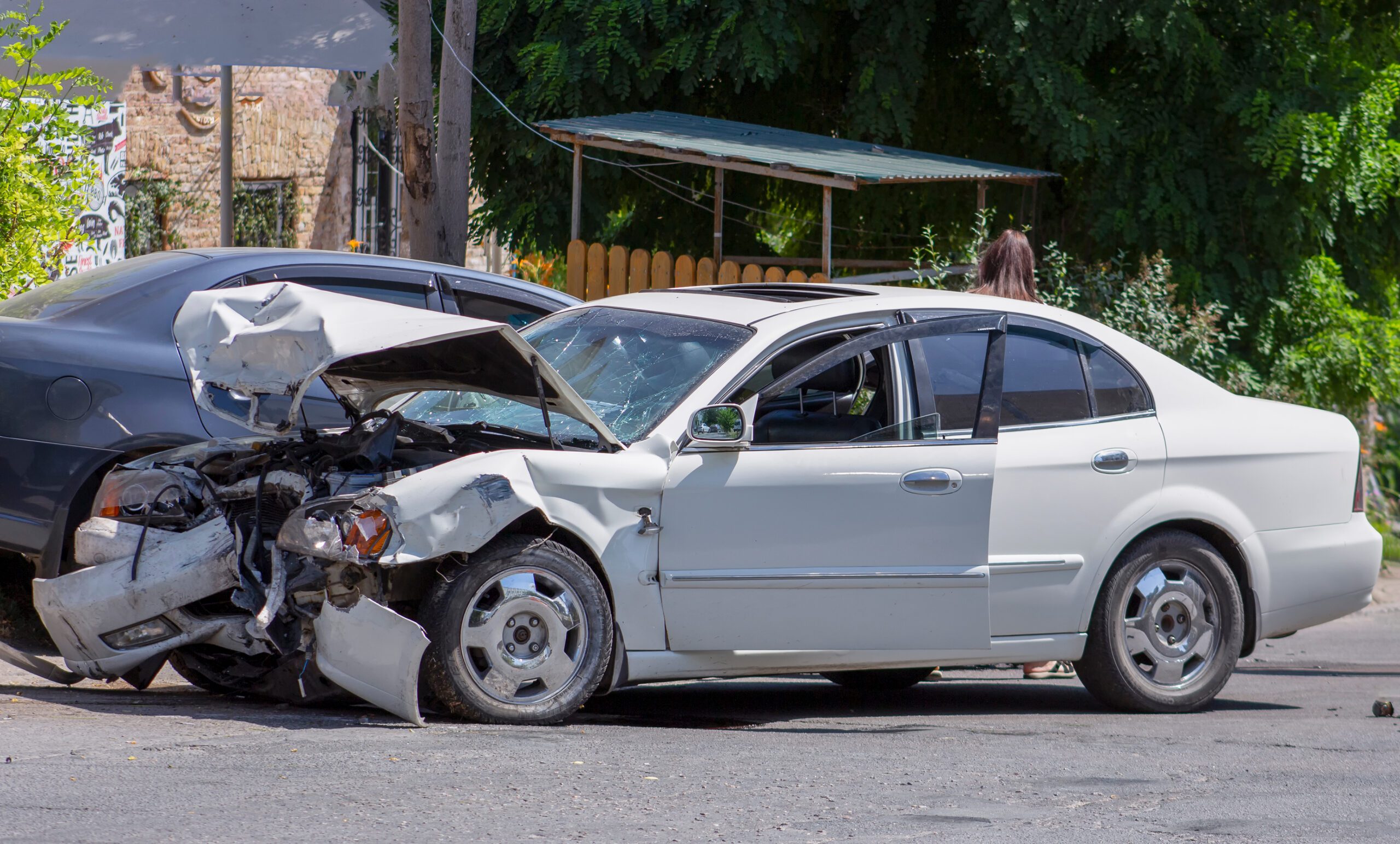Determining the Value of Specific Types of Trust Assets
Determining the Value and Distributing the Trust's Assets
 The value of real property is determined by use of a written appraisal. For a single-family residence, the appraisal can be done by a local real estate broker or agent, and this appraisal should describe the property, its value and how that value was determined. The appraisal should appear on the appraiser’s letterhead. The same agents or brokers, using the same procedures and submitting the written appraisal as mentioned, can be used for unimproved property whose value is $250,000 or less.
The value of real property is determined by use of a written appraisal. For a single-family residence, the appraisal can be done by a local real estate broker or agent, and this appraisal should describe the property, its value and how that value was determined. The appraisal should appear on the appraiser’s letterhead. The same agents or brokers, using the same procedures and submitting the written appraisal as mentioned, can be used for unimproved property whose value is $250,000 or less.
Commercial property, including office buildings, apartment complexes and farms, need to be appraised by a reputable appraiser. This appraisal should be more detailed than a simple letter and may run up to 20 pages.
The costs that would result from a sale, including future brokerage commissions and similar costs, are normally excluded from determining the value of real property. If the property includes or consists of a farm or ranch, any farm equipment, livestock, stored seeds and fertilizers as well as growing or harvested crops are valued separately.
Securities, Including Stocks and Bonds
Stocks and bonds that are traded on a major exchange or over the counter have their value determined by averaging the high and low selling prices on the date of death. The closing price is not used. If a stock’s price fluctuated between 10 and 12 dollars on the date of death, the average of $11.00 per share is used for determining the value of the stock.
If the death occurred on a weekend or holiday when the market was closed, the high and low values for the trading date prior to the death and those of the next trading date are “re-averaged.”
Mutual funds use the “bid” value, or public redemption price of the fund, as of the date of death to assign their value. If the death occurs on a weekend or holiday, however, the value of the fund is that of the public redemption or bid value as of the date preceding the date of death.
Stocks considered “ex-dividend” are those for which a dividend has been declared for the shareholders of record, but not yet paid. Any stocks that are traded “ex-dividend” must also include in their valuation the amount of any dividends even though that payment occurs in the future.
Bonds must include accrued interest when their value is determined. Since bonds typically pay interest twice a year, unless the owner dies on the date of payment, the interest from the date of the last payment through the date of death must be computed and included.
If there is no high and low value for a bond on the date of the owner’s death, the average of the closing price on the date of death and that of the closing price on the trading day preceding the date of death is used.
United States Treasury notes and bonds are evaluated the same way as other bonds. United States Treasury bills are valued at their redemption value, minus interest since that is included in the bill’s price.
United States Series E, EE, H and HH, Savings Bonds are valued with the value at which they could be redeemed during the month of death. The redemption value of these bonds, which depends on both the month and year of purchase as well as the redemption date, is available on a website published by the federal government. Series G, K, H savings bonds have no value for interest and are valued at their face value at the date of death.
Cash on hand as of the date of death must be included in the estate. Foreign currency, if any is held, is valued at the commercial or retail exchange rate as of the date of death. If the death occurs on a weekend or bank holiday, the average exchange rate of the date prior to the death and that following is averaged.
Coins and bills that have a value exceeding their face value, such as silver certificates or items in a coin or similar collection, are valued at their potential sales value instead of their face value.
Bank, Credit Union, Savings and Loan Accounts
The exact value of accounts in banks, credit unions and saving and loan associations as of the date of death is used to determine their values. Any checks written against these accounts, but not yet presented for payment, should be reported separately so only the net value is listed.
Any interest that has accrued from the date of last payment through the date of death must be computed and reported separately.
Loans, Notes and Mortgage Values
Any loans with outstanding balances as of the date of death, whether secured or unsecured, are listed with their value and accrued interest from the date of last payment until the date of death. If it is possible to report the note at less than the balance or as uncollectible, the lower value may be used.
Business Interests, Including Partnerships and Corporations
If someone dies while having a business interest in a limited or general partnership, has shares in privately held corporations or other business interests, both the fair market value of the entity as a whole and that of his or her particular interest must be determined. The value is frequently discounted, and the accountant who handles the business tax returns is the best person to make the necessary determinations.
If the partnership is sufficiently large so as to be traded on a secondary market, the value can be determined by using the value that units sell for on the date of the death.
Motor Vehicles, Airplanes and Boats
The value of all vehicles is determined individually using the sale price as of the date of death. The value of automobiles may be determined by consulting the “Kelly Blue Book” or similar publications. RVs, motorcycles, mobile homes, boats or planes have similar publications that can be used to determine their value.
The price a dealer would pay isn’t a proper valuation, but what a private party buyer would pay can be used as the appraised value.
Household Furnishings
The instructions given by the Internal Revenue Service require an itemized list of the appraised value of furniture and furnishings, but most accountants ignore this and use a single entry with a value of $2,000-$5,000 for all the items.
The exceptions to this rule are when the individual’s will or living trust listed specific items such as heirlooms or expensive jewelry or if the person who died had separately held items of high value such as art or some antiques. The federal estate tax returns request that items of artistic or intrinsic value that exceed $3,000 be mentioned along with collections of those items that exceed $10,000.
Life Insurance Policies
All life insurance proceeds, even those from policies owned by someone other than the one who died and are not, therefore, subject to taxes, must be reported. Each company that insured the deceased must furnish a special Internal Revenue Service form (form 712).
If the person who died owned a life insurance policy on someone else, this policy needs to be listed along with its cash value as of the date of death of the holder.
IRA, Pension, Retirement and Other Profit-Sharing Accounts
All plans of this nature, that someone owned when he or she died and that are scheduled to pay after death, need to have their value determined using the rules already mentioned. In the case of an IRA account that was invested in stocks and bonds, those securities would be valued individually using the rules for stocks and bonds set forth previously.
Other Assets
All other assets owned by the person who died have their values figured by attempting to determine their fair market value using procedures similar to those used for the assets listed above. Items of this nature might include royalty payments, income tax returns due to be received for the year of death, leasehold and rental payments, deposits, mineral interests and annuities that will continue after death as well as any other assets.









